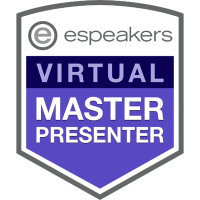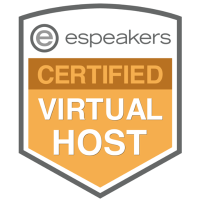|
If your organization holds off-site meetings, conferences and seminars, consider hosting some of these events at a local cultural institution such as a museum of Native American or African American History. These facilities generally offer meeting services and the participants will have an opportunity to interact in a culturally diverse setting. Keep in mind there are many centers to choose from. Some examples include the Latino Arts Center, Chinese Cultural Center, Irish Cultural Center, German Cultural Center, Jewish Historical Society, Japan Society, Korea Society, and Hispanic Society of America. Simply type "cultural center" in your favorite Internet search engine and you will find your local options.
Next Post: February 3, 2014 – Creating a Climate for Diversity: Tip #14
0 Comments
Start resource groups for underrepresented group members. A resource group is an internal association dedicated to the professional development of a specific cultural group (e.g., LGBT, Asian-Americans and women). These groups provide an excellent networking source for the members and can significantly improve retention within an organization. To make sure your resource groups are successful, keep the following points in mind:
Next Post: January 27, 2014 – Creating a Climate for Diversity: Tip #13 Provide performance coaching for every employee. Performance coaching consists of feedback provided by a leader to a staff member on an ongoing basis. Effective coaching improves work quality and productivity, develops skills, increases confidence and enhances an employees’ overall work experience. Successful performance coaching typically includes three steps:
Next Post: January 20, 2014 – Creating a Climate for Diversity: Tip #12 Over the past two months, I have described a variety of diversity measures and metrics that organizations can use to evaluate their performance in a variety of areas. To make it easier to access this information, I have listed each metric below, along with a link to the specific blog post:
Next Post: January 16, 2014 – Creating a Climate for Diversity: Tip #11 The last diversity metric that I will discuss in this series is stability factor, which tells you whether or not the turnover rate for a given population (i.e., a particular employee demographic) is changing. It also allows you to compare stability rates between different employee demographics and categories in order to identify turnover trends. Here is a formula you can use to determine stability factor within your organization:
Happy New Year! I hope you had a safe and prosperous holiday season. Our next diversity metric is a fairly common one. Turnover rate provides an excellent means to determine how effective you are at retaining your employees. It also allows you to compare retention rates between different employee demographic groups and categories. Turnover rate uses a simple formula that compares the number of terminated employees with the average employee population for a specified time frame (e.g., one year):
|
AuthorDr. Tyrone A. Holmes is an author, speaker, coach and consultant. He helps his clients develop the skills needed to communicate, resolve conflict, solve problems and improve performance in diverse organizational settings. Archives
March 2016
Categories
All
|
 RSS Feed
RSS Feed

